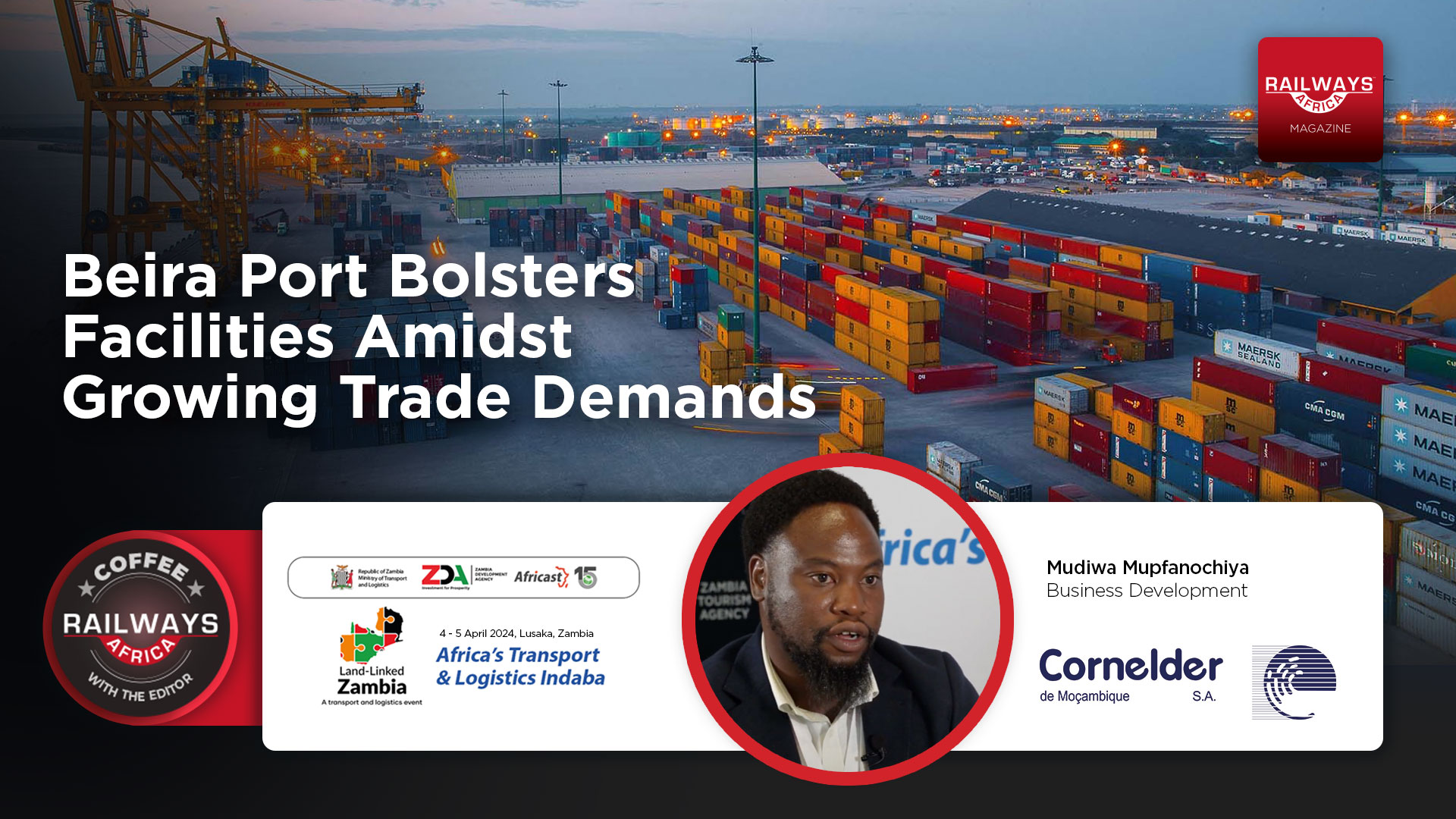The popular beach destination of Tenerife is also a popular international maritime refuelling stop. The port at Santa Cruz de Tenerife benefits from deep water berthing and a convenient geographical location. Add that vacation reputation to an ambition to become a major maritime logistical hub in its own right. In future, the markets of Europe could expect more than just holiday postcards delivered from the largest of the Canary Islands.
World events have moved in favour of the Canary Islands, and not just as a safe holiday destination. For centuries, traders have sailed from Africa, just 100 kilometres to the east. Today, it’s rather larger vessels, carrying rather larger cargoes, that call in at Santa Cruz de Tenerife. Port operators are harbouring ambitions to make more of that fortuitous trading position.
Firmly into the ship support sector
It has been a decade since WorldCargo News featured the development of a new port at Granadilla on Tenerife. The ambitions for the port have yet to be fully realised. The established sister port, in the island capital of Santa Cruz, has faired better. However, the greater ambitions of making Tenerife a major hub seem as distant as they did in 2014.
However, there is no lack of enthusiasm within the port authority, and a refocus is underway, moving the island’s ports more firmly into the ship support sector. In August, at the ONS show in Stavanger in Norway, the Port Authority of Santa Cruz de Tenerife showed off its facilities to delegates drawn from the worlds of energy and ship repair.
Better economic advantage
The Offshore Northern seas Foundation (ONS) may seem somewhat removed from the warmer waters around the Canary Islands. Although the semi-autonomous island chain is under the Spanish government, they are geographically African. That position in both camps should be a better economic advantage.

With the transhipment ambition still in second gear, the port authority was in Stavanger to present their case as the preferred option for companies in the oil and gas sector that need to carry out ship repair and maintenance work before heading to the gas and oil fields in West Africa.
Industrialisation of the capital’s port
“We have experienced an increase in traffic by around 15% due to the Red Sea Crisis, and a 29% increase in bunkering activities,” said their marketing and commercial spokesperson, Miguel Ángel Bonnet Hodgson. “Additionally, Global Mercy from Mercy Ships is undergoing maintenance and repair work at the Santa Cruz de Tenerife Port before they begin a new season of aiding those in need in Africa.”
The presence of Global Mercy tied up alongside can be confirmed by a satellite view of the Granadilla harbour on the southeast coast of the island, or from the windows of a flight approaching the nearby tourist airport of Tenerife South (locally still known as Reina Sofía).
When the island’s most profitable cargo usually walks itself off the flight, the juxtaposition of holiday resorts and humanitarian aid ships is as unexpected as the industrialisation of the island capital’s port.
Logistics platform in the Atlantic
Serving Tenerife’s resident population of a million people, and the needs of over seven million annual visitors, means the port is already busy with domestic traffic.
Stretched out along the volcanic coast, over around seven kilometres of breakwater and berths, the port handles Ro-Ro, bulk and container traffic, alongside passenger ferries and cruise traffic.
The port would still be happy to fulfil those transhipment ambitions. “The location and characteristics of the container terminal have made us the leading logistics platform in the Atlantic to provide service to the West African area,” claims their brochure.
It’s true that with a capacity of 620,000 TEU annually, Santa Cruz is more than a holiday destination. Perhaps a few more boxes making the famously volcanic island their destination would relight the fires for Tenerife’s ambitious port.
